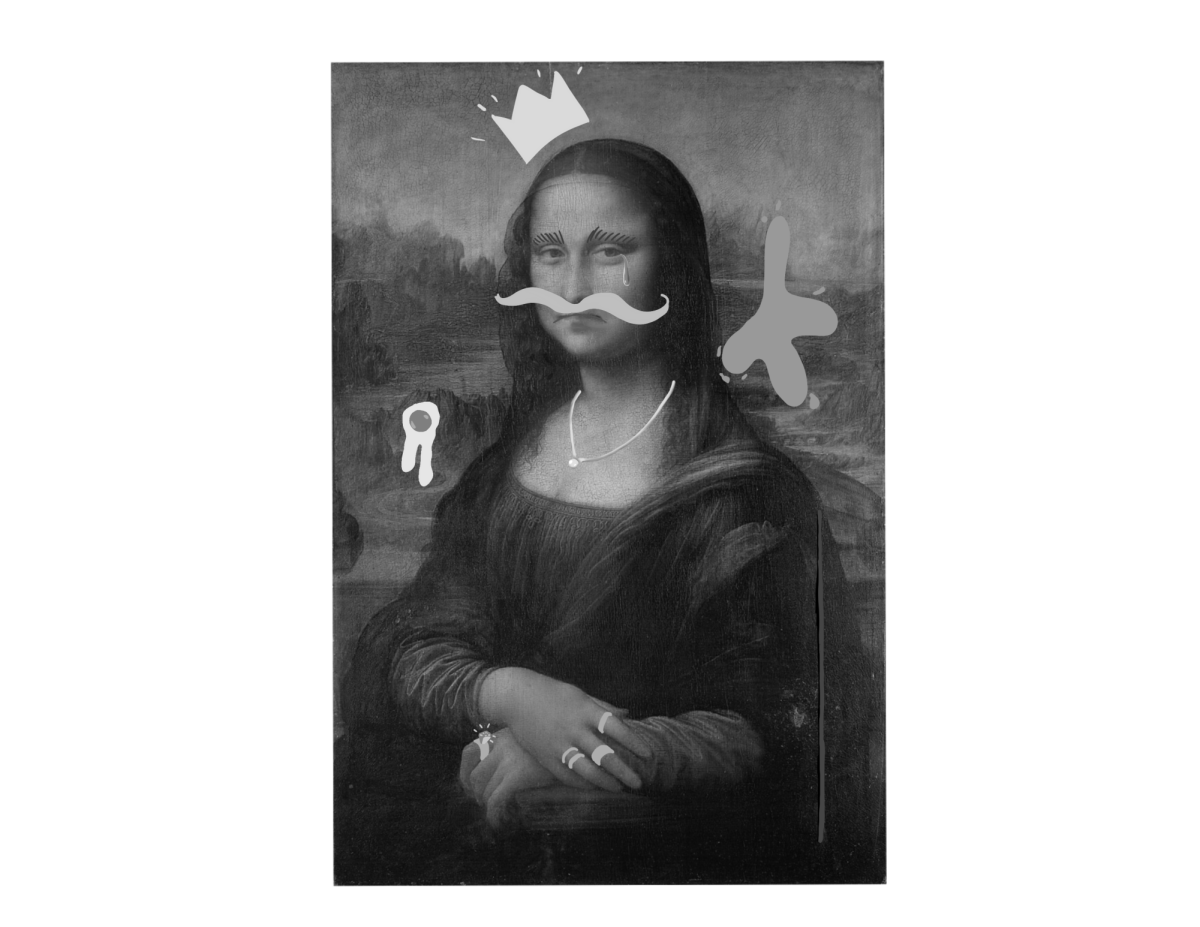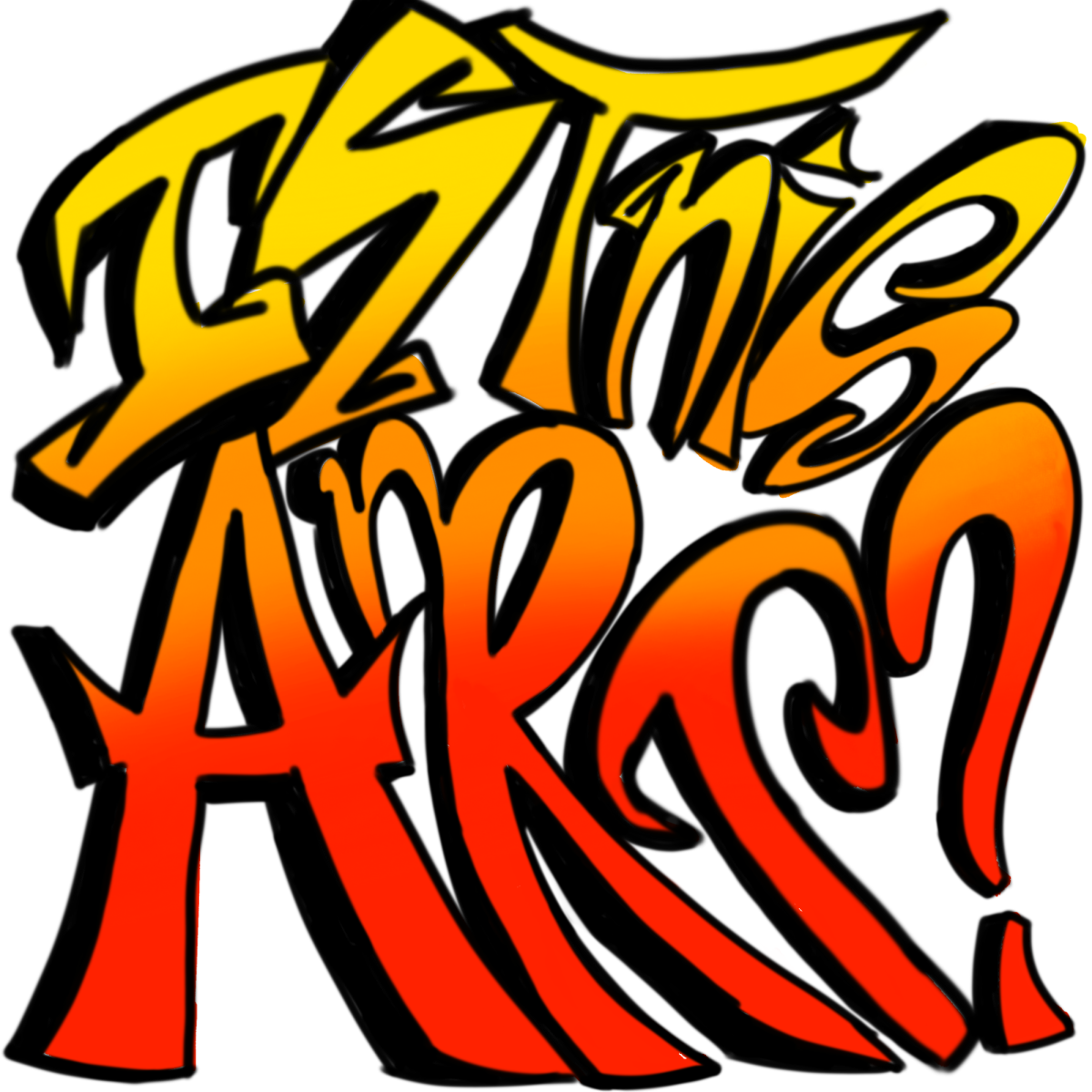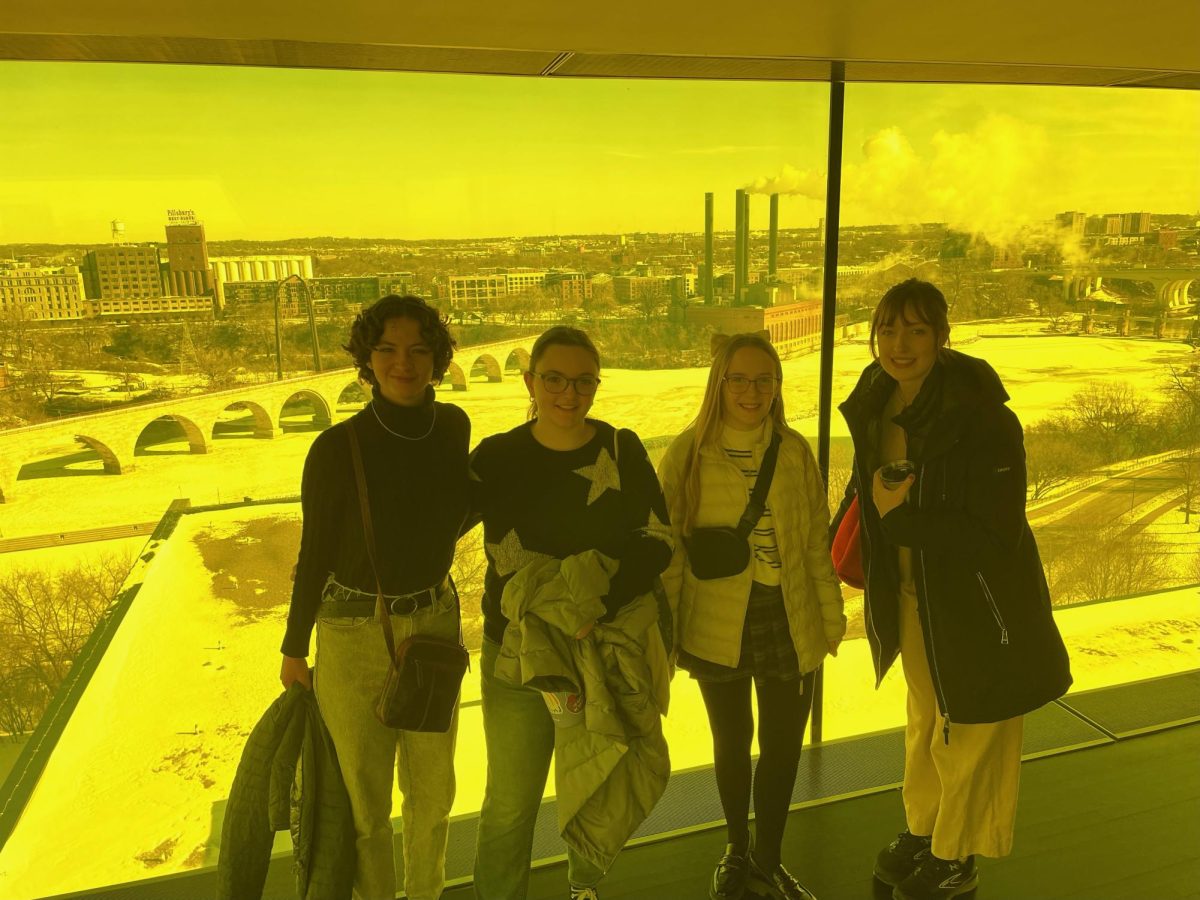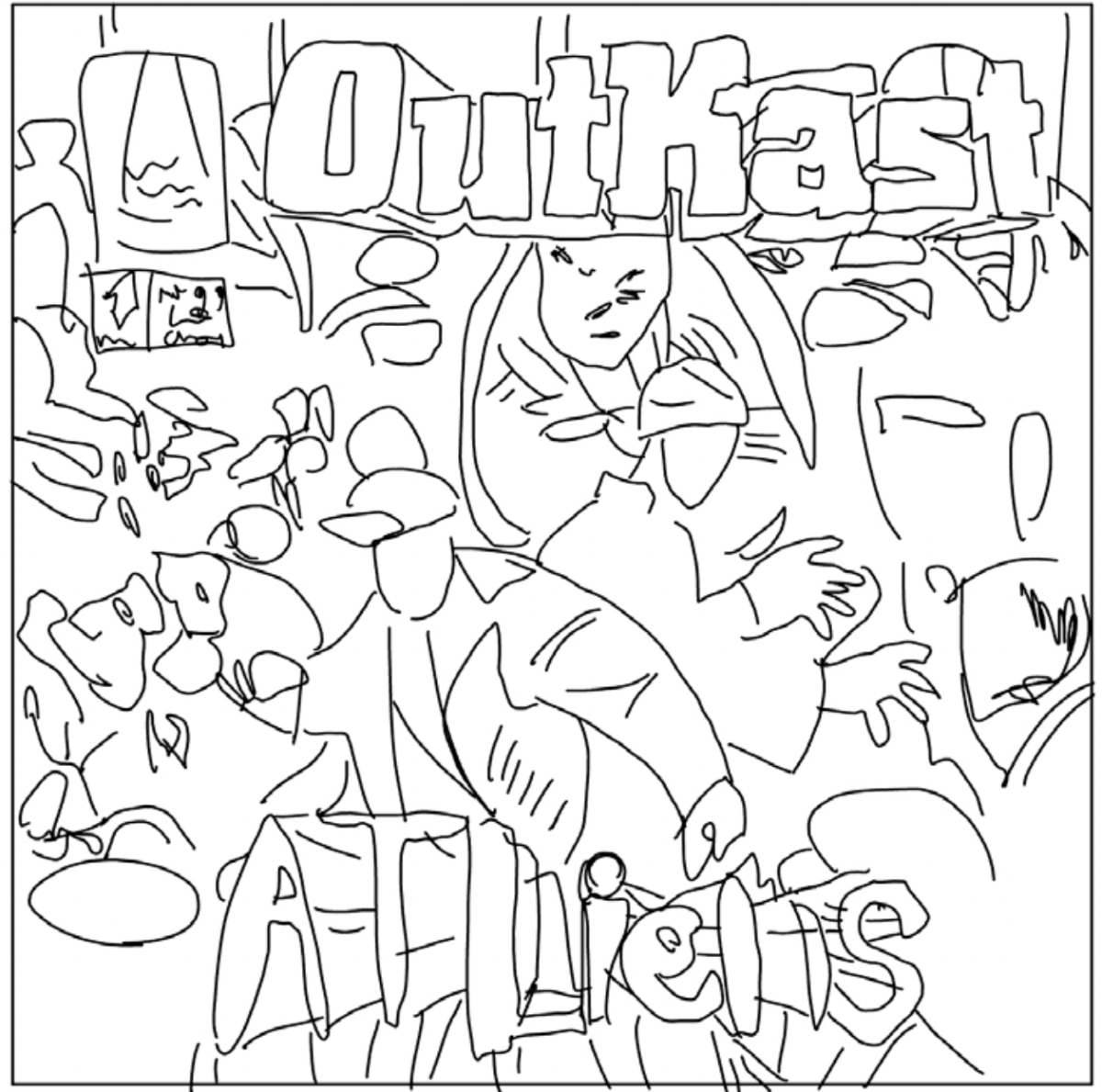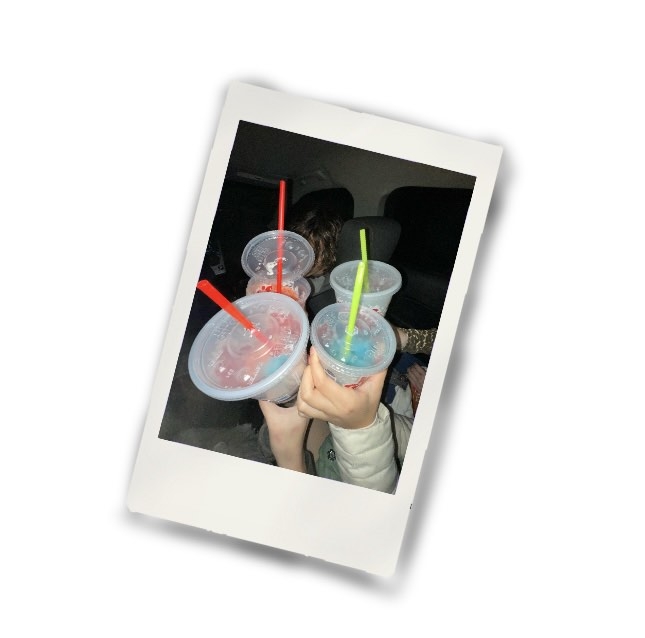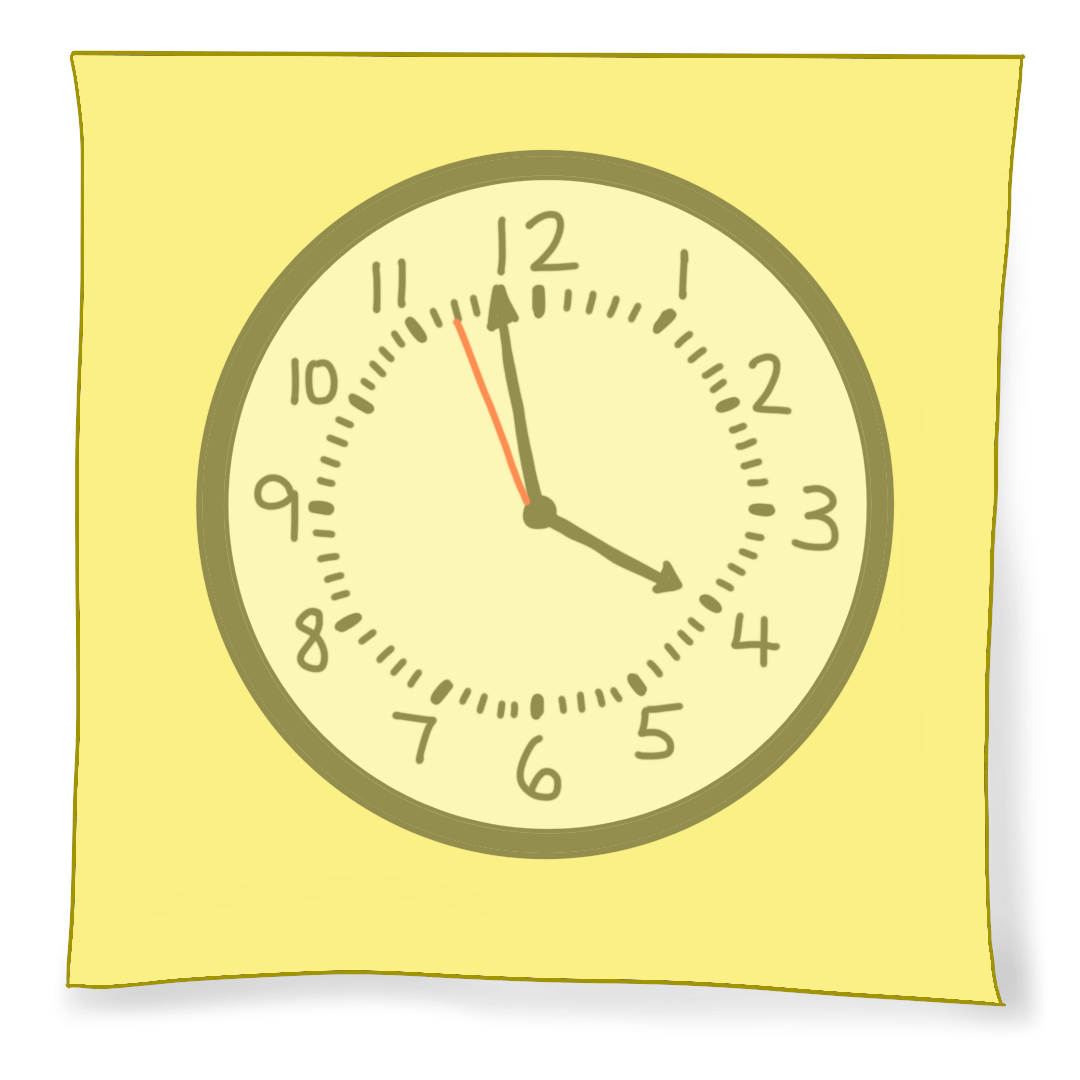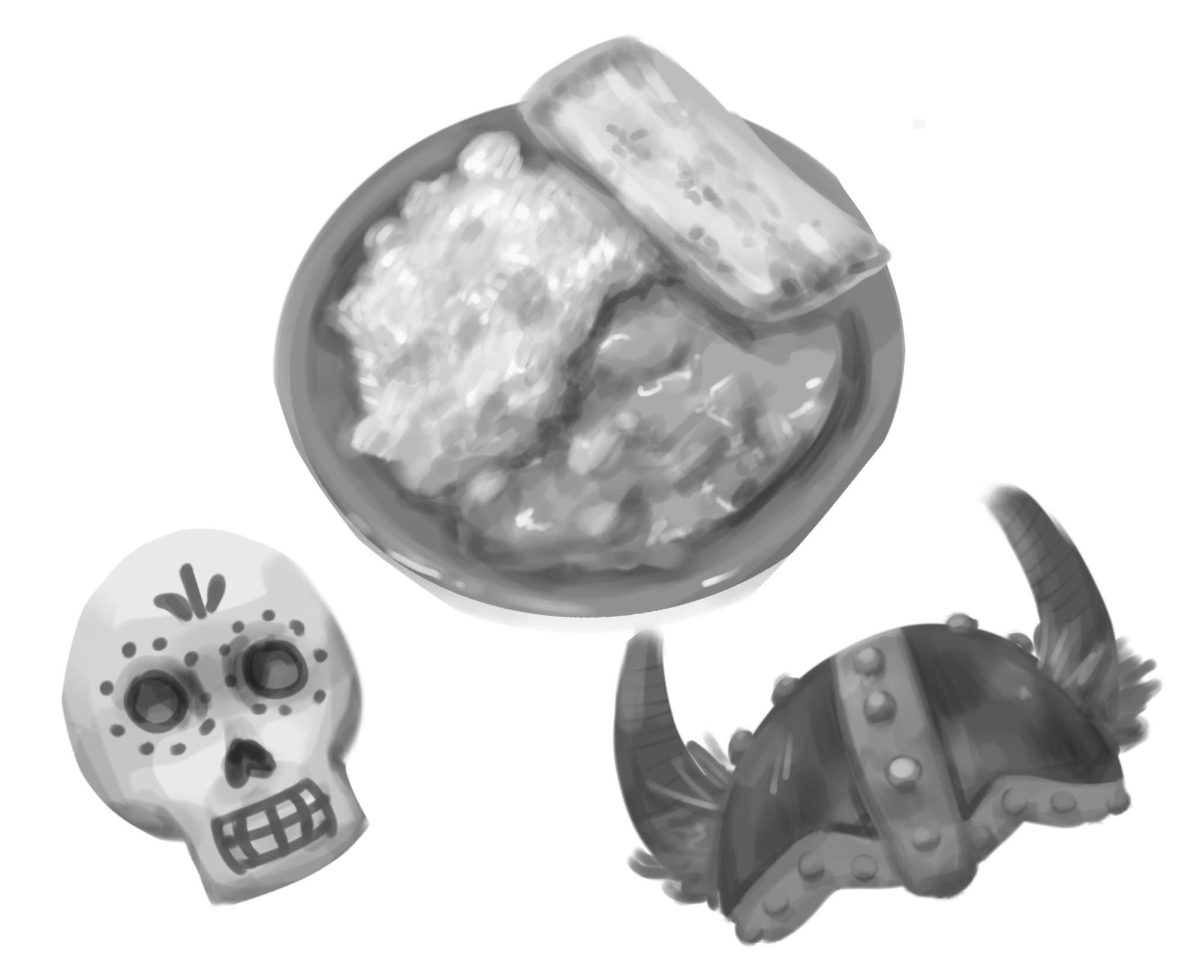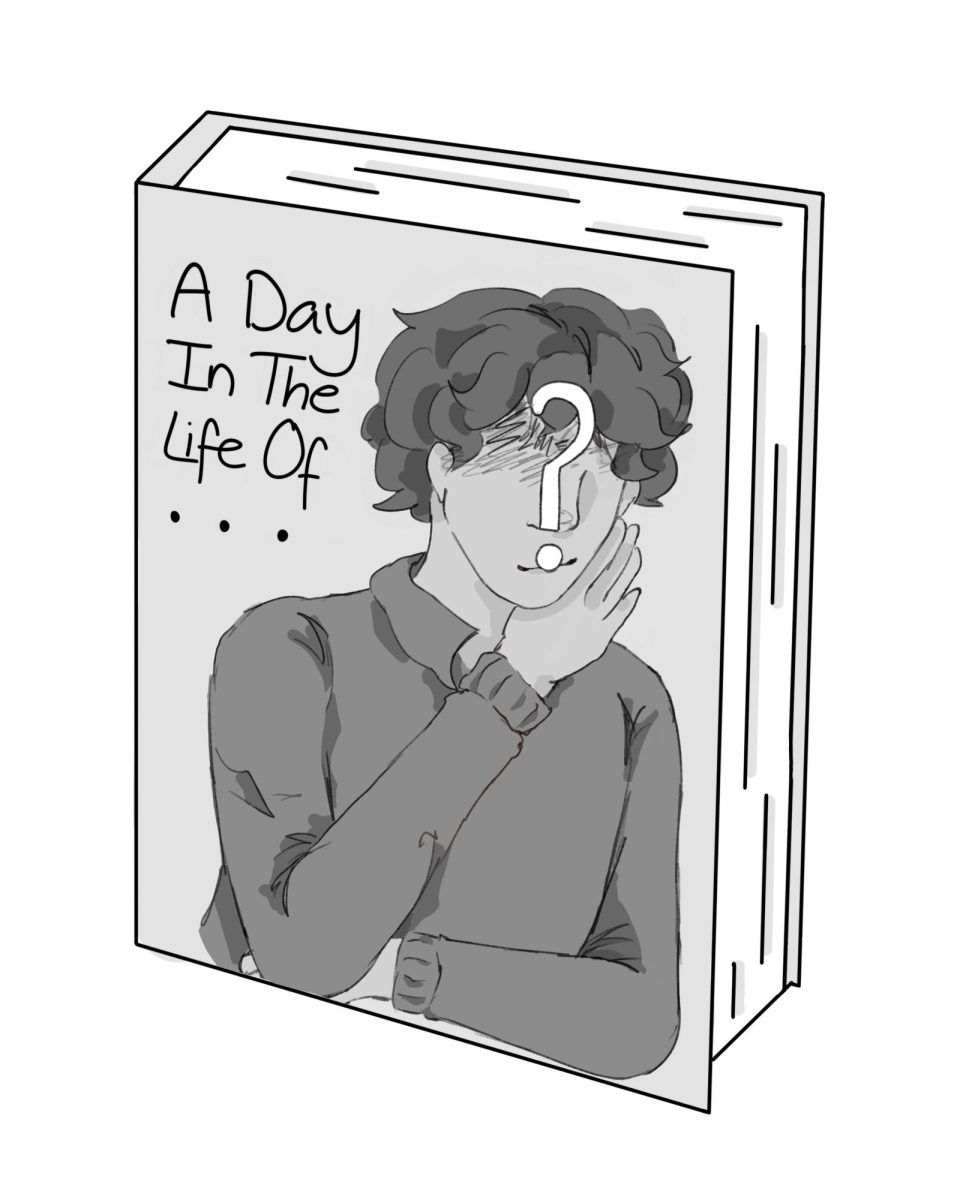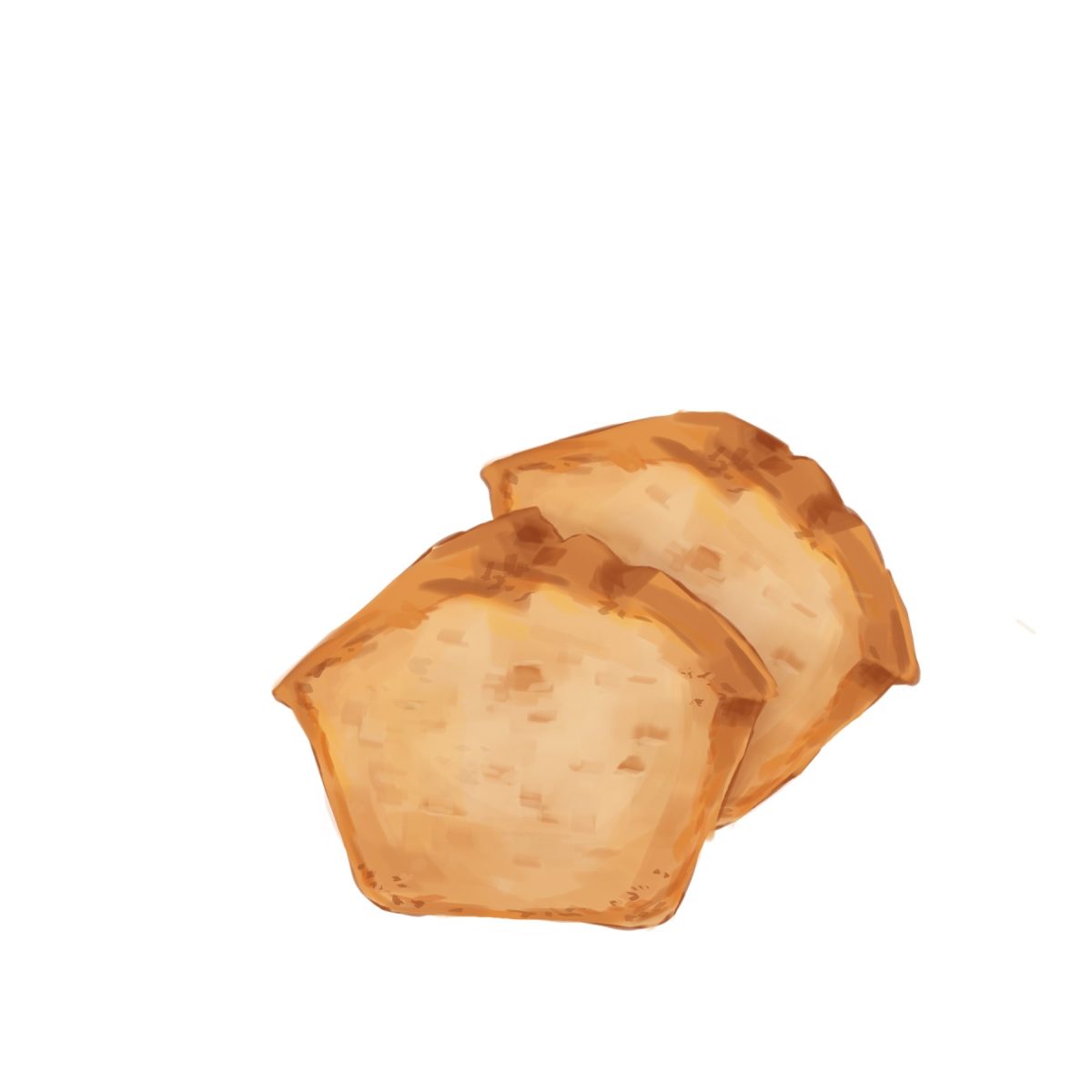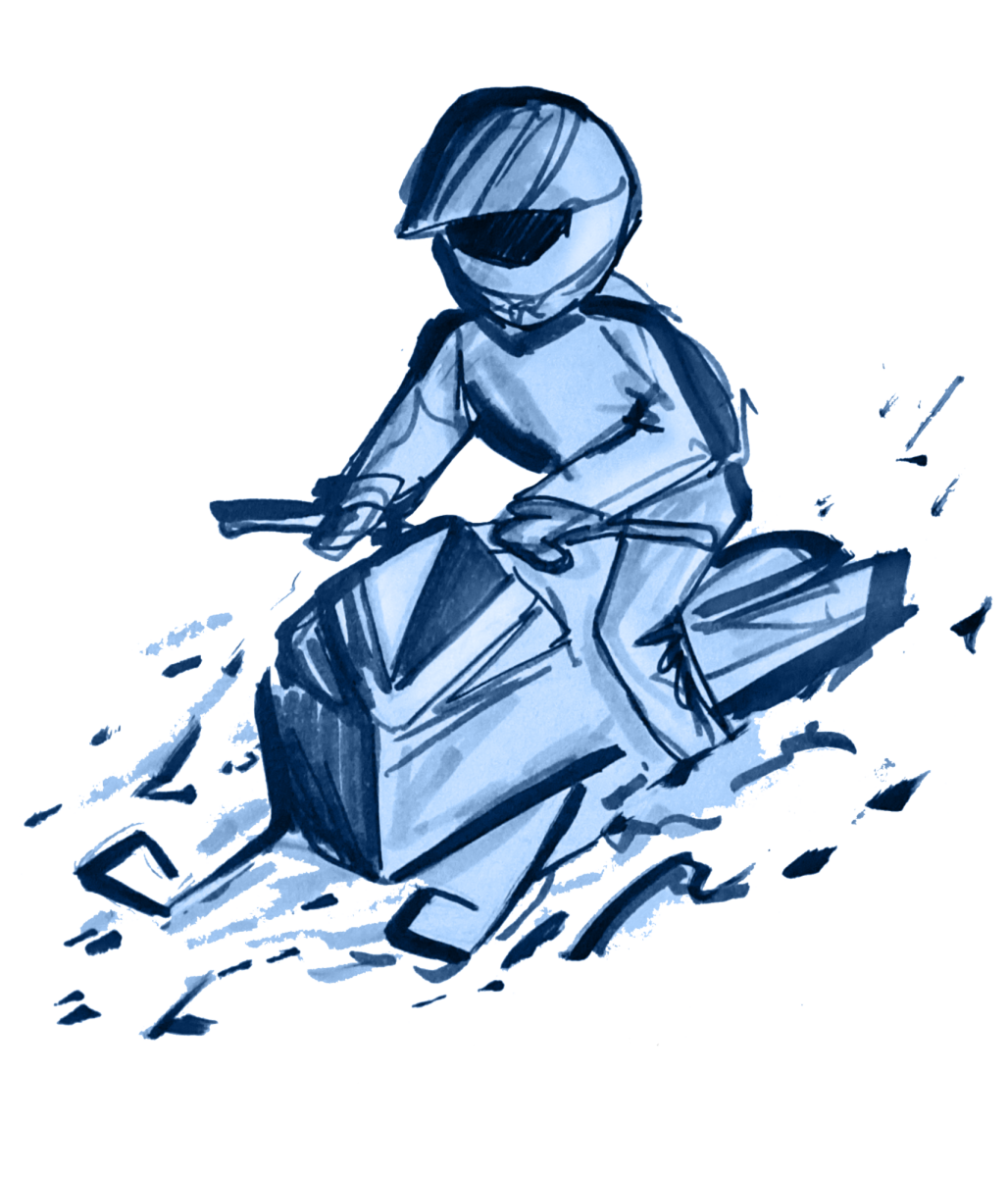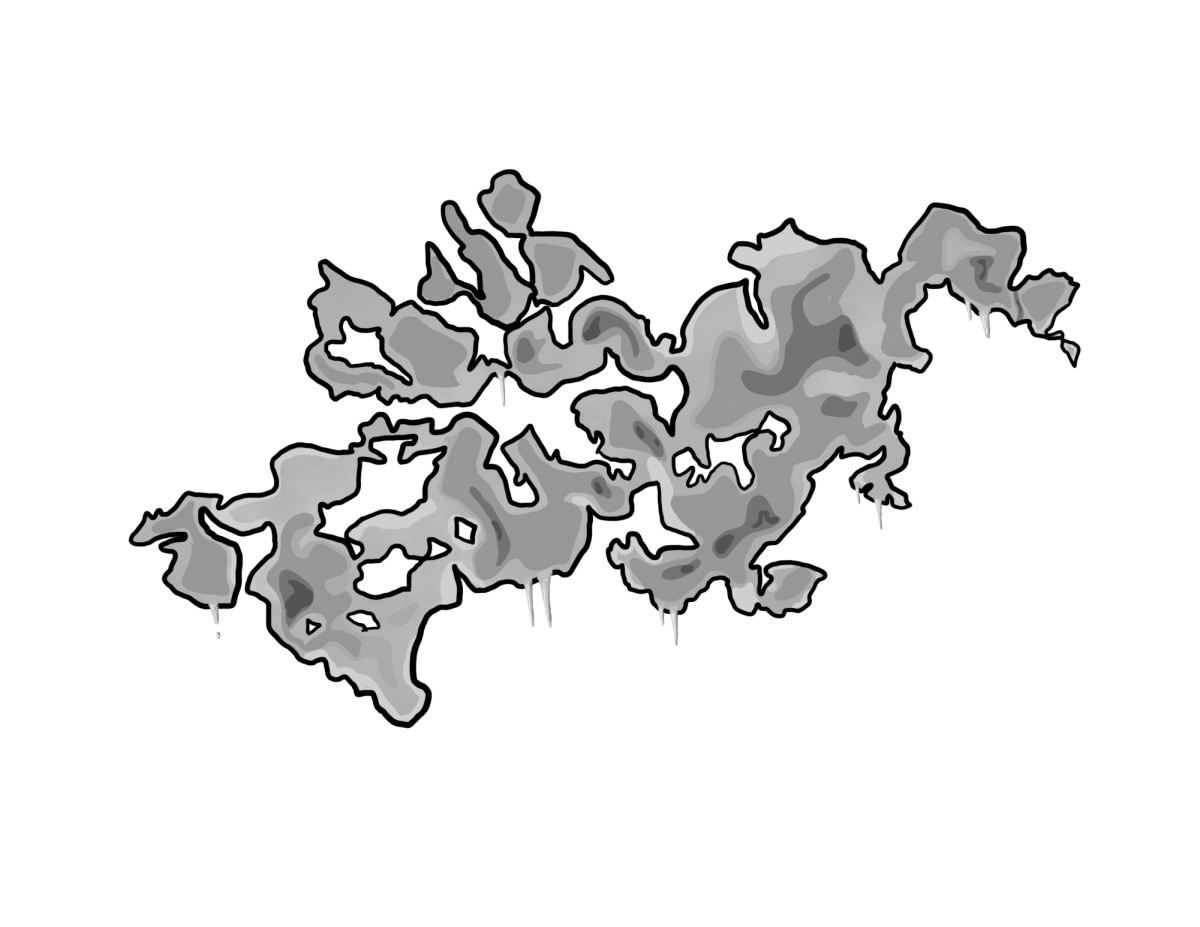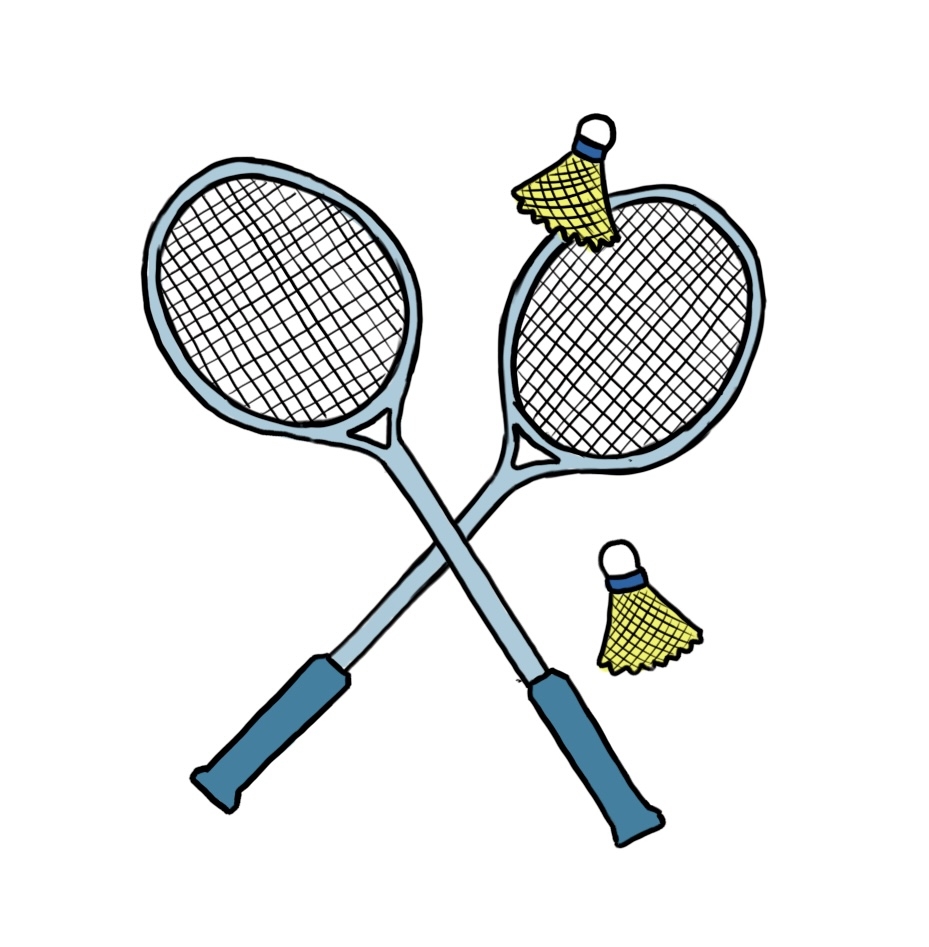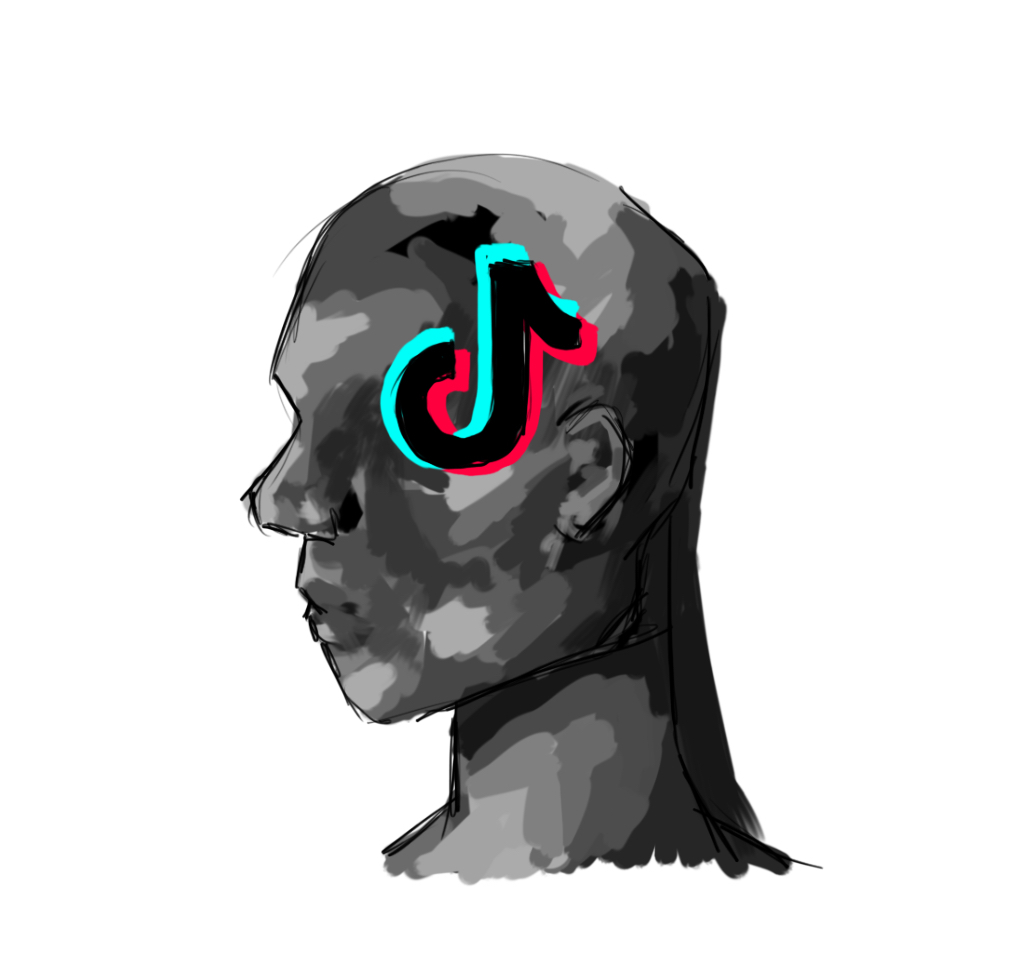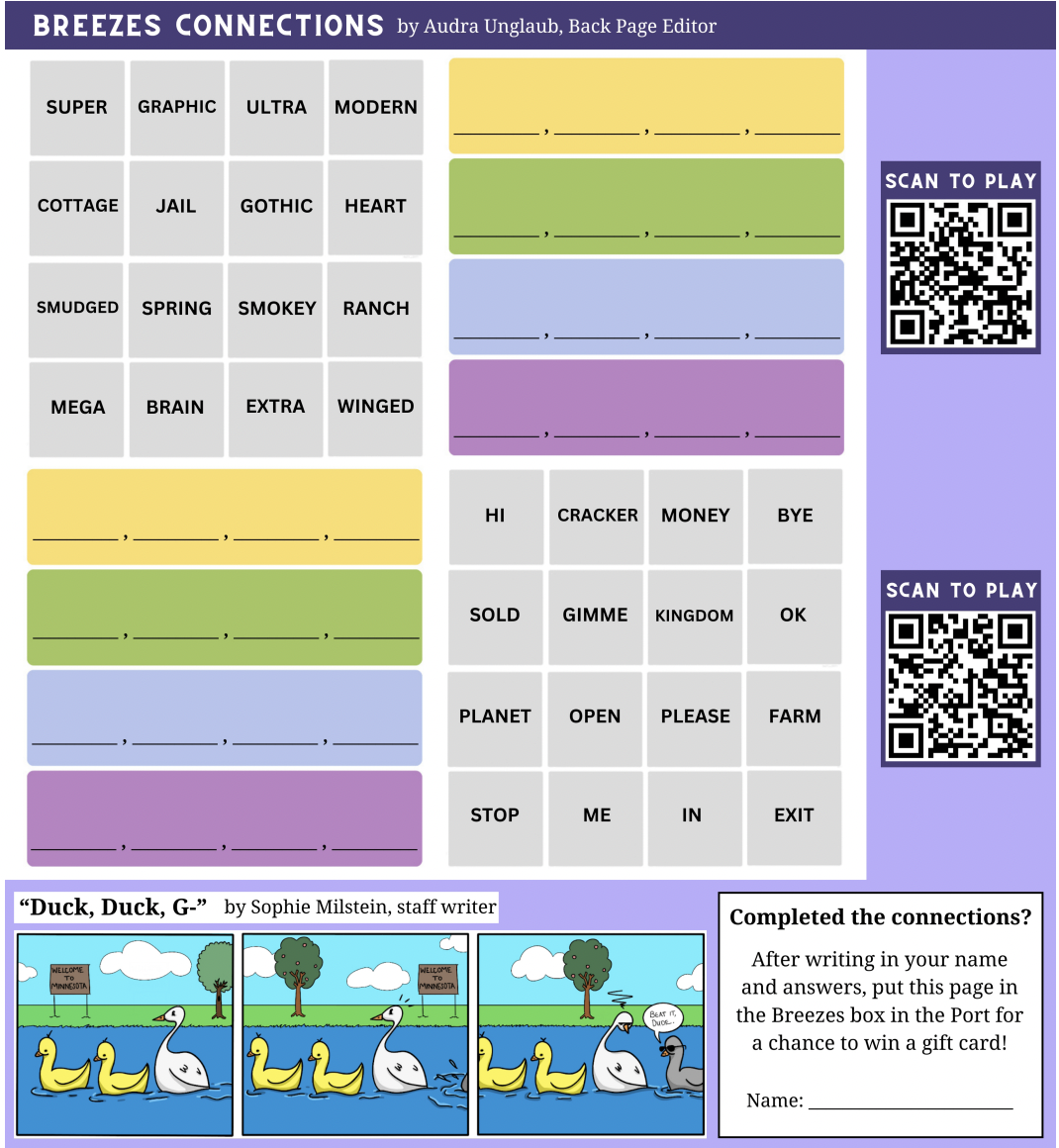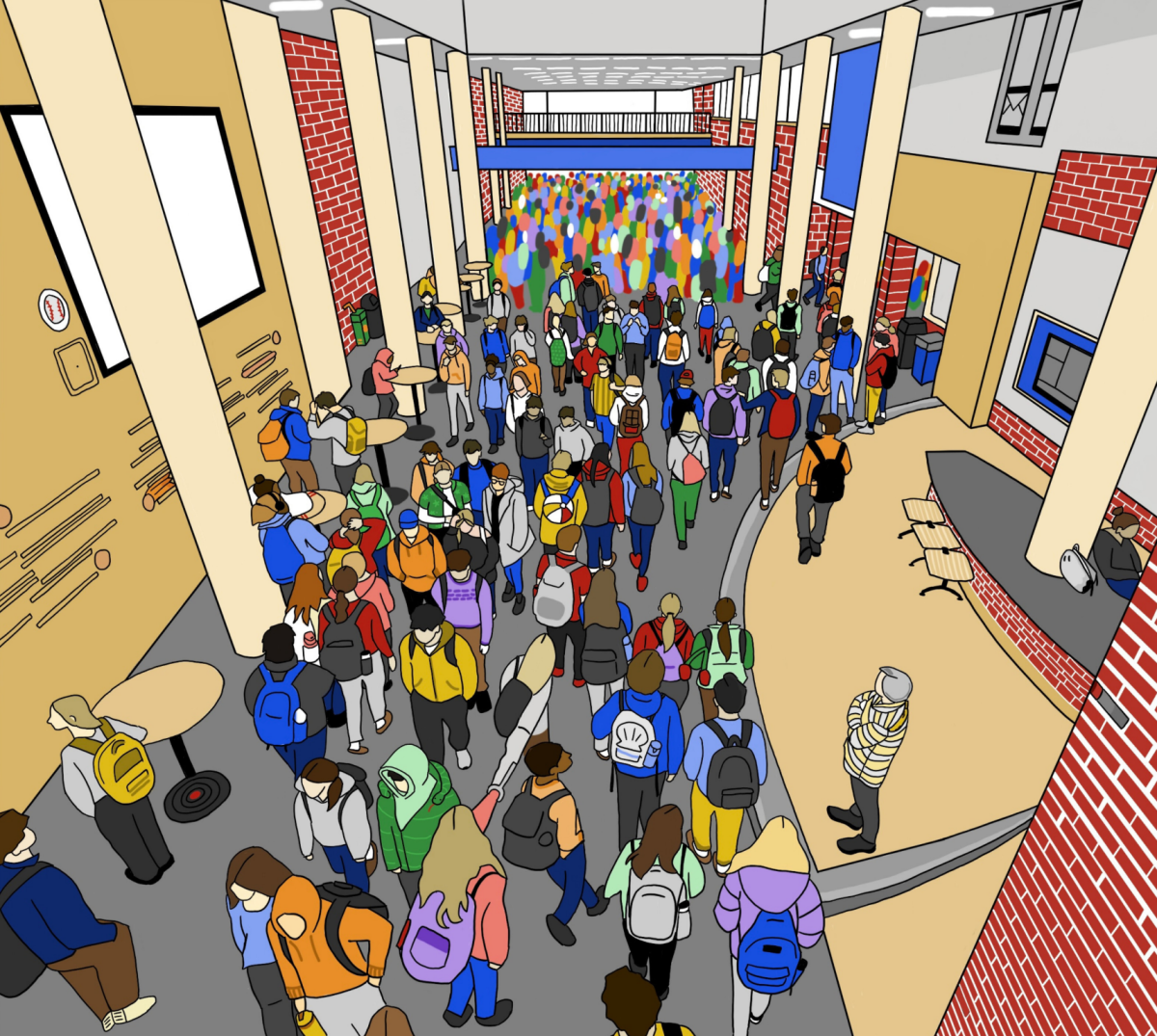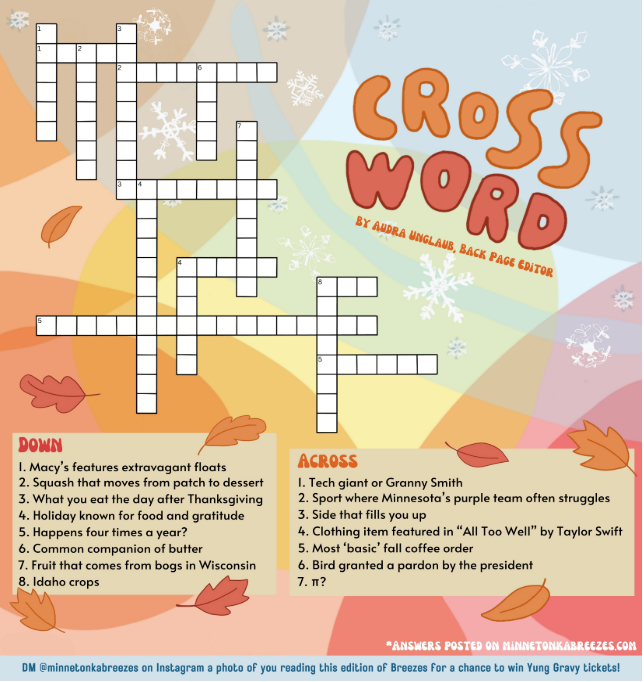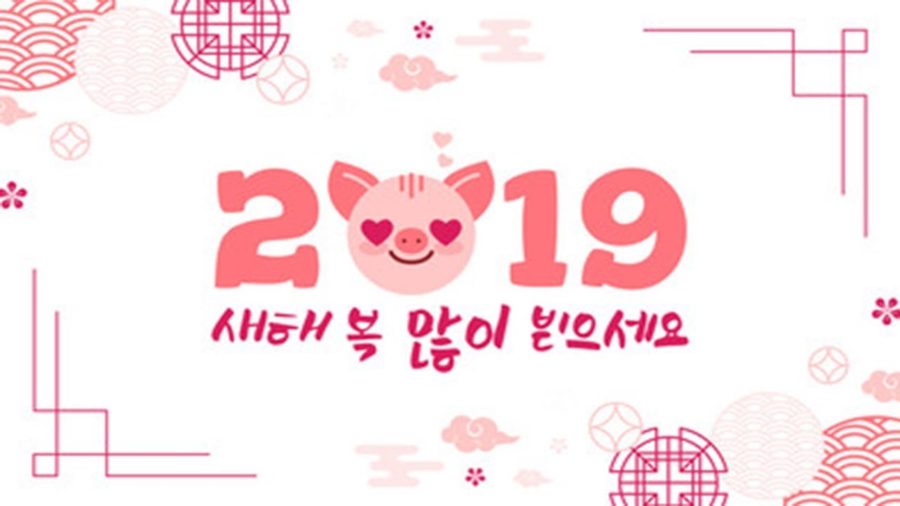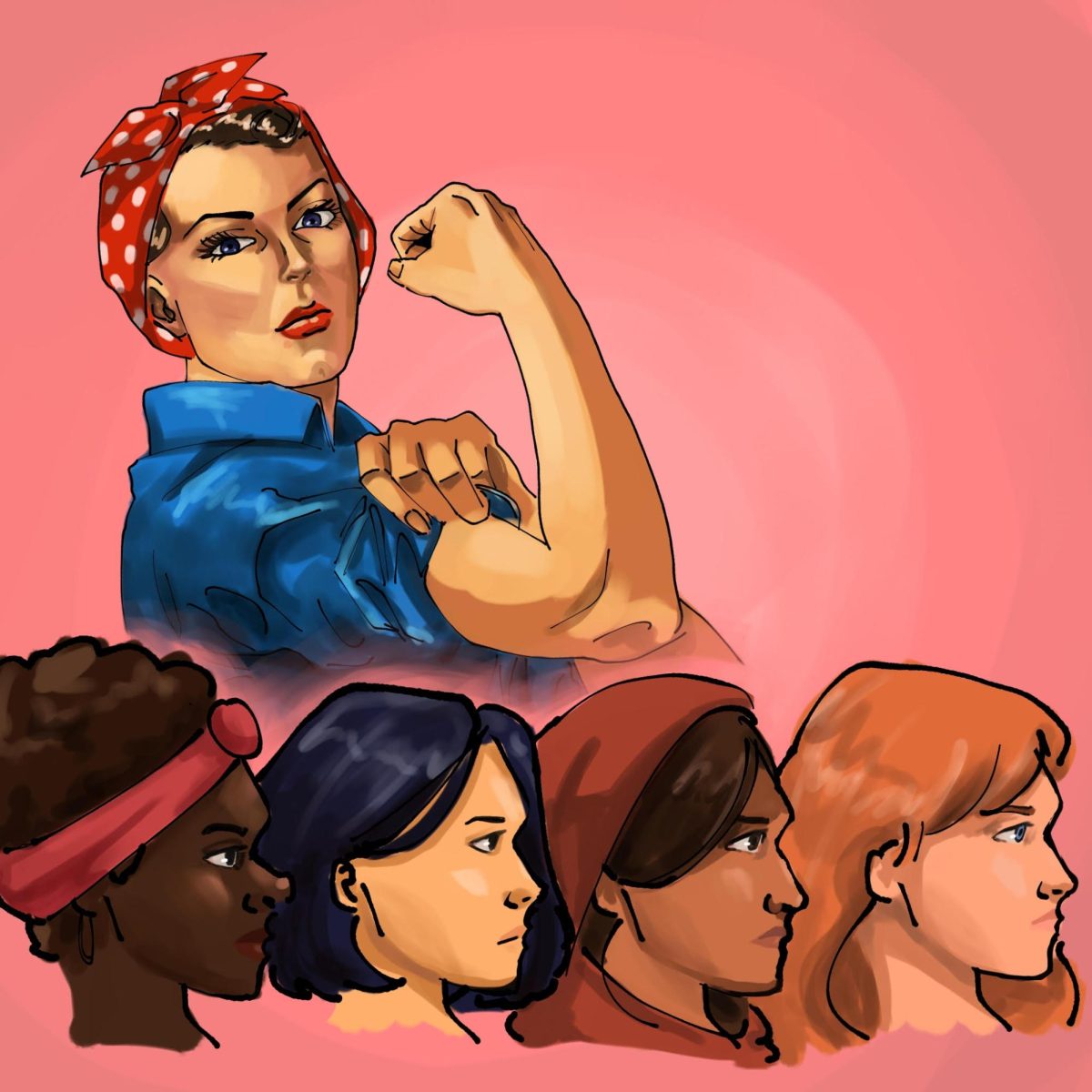Celebrating Two New Years: Welcoming the New Year in South Korea
February 27, 2019
New Years celebrations herald new beginning, while also marking the successful finish of the previous year. It’s a time for people to remember past memories and also to refresh for a new start.
South Koreans celebrate the new year twice a year. First, on January 1st, then a second celebration based on the lunar calendar. Since the second New Year celebration is based on the lunar calendar, the specific date changes each year. This year’s Lunar New Year was on February 5th. Most people celebrate New Year’s Day in public with friends, but the Lunar New Year is considered a traditional family event.
On New Year’s Day, the whole country counted down together because South Korea has only one time zone. In many neighborhoods, it is possible to hear neighbors shouting “three, two, one, happy New Year!”
Unlike in the United States, many people in South Korea use January 1st to mark their age. Celebrating both their birthday and New Year’s Day to indicate they are growing older.
On New Year’s Day, Koreans eat a traditional rice cake soup. Koreans believe that consuming this soup called, tteokguk, will bring them good luck for the next year.
“I think there is an emphasis on eating certain types of food in Korea. In the US, people have parties, but I feel like they revolve around drinking more than eating,” said Jenifer Breidenbach, a social studies teacher at Minnetonka.
On Lunar New Year’s Day, family members, including grandparents and great grandparents, celebrate New Year by making Korean pancakes and other New Year foods. Another tradition is for children to receive money from elderly family members by bowing to them. The money has the meaning of encouragement for a new start. Since South Korea start a new grade on March every year, most students use that money to buy school supplies.
Children usually wear hanbok, a traditional Korean dress when bowing to adults. It refers specifically to clothing of Joseon kingdom period. The hanbok is divided into two pieces, jeogori and chima, which is a kind of blouse shirt and a wrap-around skirt. Many people add simple accessories to it. The hanbok has lots of layers, comes down to the ankle, and is also a little complicated to wear. Because of those disadvantages, people have made modernized hanboks that keeps the shape and its beauty, but make dressing shortened and simplified.
Rachel Park, ‘19, said “Korean New Year is mostly focused on family and community instead of self improvement and introspection.”
Despite the ocean that separates South Korea and the United States, the New Year is a shared celebration. Everyone can take part in preparations for the upcoming year and wish their friends and families good luck.

